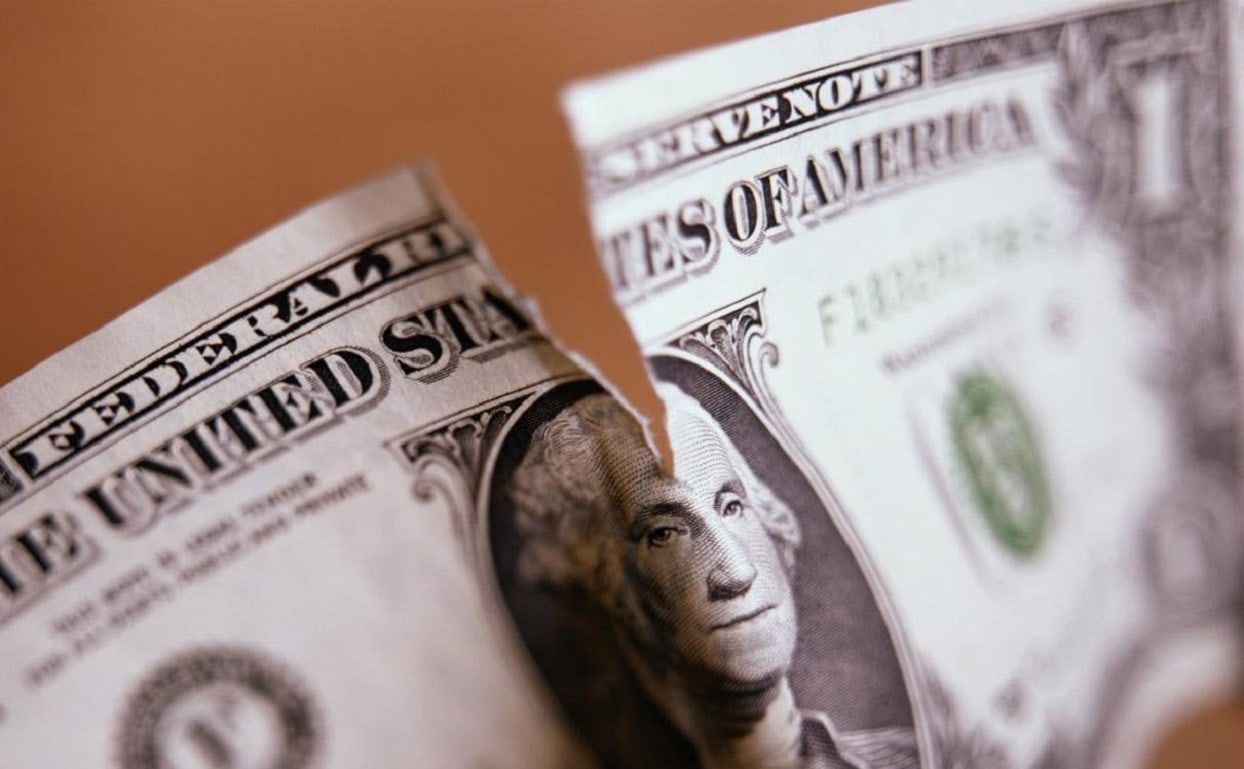One has to welcome the Federal Reserve finally having emerged from its long-standing inflation denial. At long last, it is no longer dismissing today’s high inflation problem as merely a transitory phenomenon and it is now recognizing that at 5 ¼ percent in 2021 inflation will have significantly overshot the Fed’s inflation target. This has now prompted the Fed to indicate that it no longer wants inflation to run above its 2 percent inflation target for any length of time to make up for earlier years of inflation-target undershooting.
Welcome too is the Fed’s decision to double the pace at which it will taper its bond-buying program with a view to ending that program by March next year. That should pave the way for much-needed interest rate hikes after March to start the difficult process of bringing inflation back under control. Indeed, the Fed now envisages that it might raise interest rates three times next year.
However, given how far the Fed has allowed itself to fall behind the inflation curve, one would need to be a supreme optimist to believe that the Fed’s decisions today will allow for an early return of inflation to its 2 percent target. Rather, it would seem that the Fed will need to do a lot more heavy-lifting before it manages to get the inflation genie back into the bottle.
The main reason to fear that the Fed will not quickly get inflation back under control is that many years of experience have taught us that monetary policy operates with long and variable lags. In much the same way as the Fed’s massive pandemic-induced monetary policy loosening at the start of last year took many months before inflation picked up to its current forty-year high, so too will it take a long period of monetary policy tightening to get inflation back under control.
Another reason for fearing that the Fed’s actions today will not get inflation back under control is that over the past year the Fed allowed its policy to become excessively easy. In particular, by keeping its policy interest rate at close to zero at a time of accelerating inflation, the Fed allowed interest rates to become increasingly negative in inflation-adjusted terms. It did so even at a time that unemployment had returned to close to its pre-pandemic level and even at a time that the economy was receiving its largest peacetime budget stimulus on record.
Equally troubling is the fact that even with today’s announcement of a faster pace of tapering and with a possible three interest rate hikes next year, Fed monetary policy will remain excessively loose well into 2022. And it will do so at a time that inflation will be running at a pace well above the Fed’s 2 percent inflation target.
While to be sure the Federal Reserve will be slowing the pace of its bond-buying program, it will still be adding large amounts of liquidity to already frothy asset price markets until it ceases those bond purchases in March. At the same time, since the Fed will only begin a gradual pace of interest hikes once it has ended its bond-buying program, interest rates will remain negative in inflation-adjusted terms for many months to come.
The one thing that the Fed can definitely not afford to do is to lose credibility in its inflation-fighting credentials. Since if that were to occur, inflation expectations could become entrenched and the conditions could be created for a wage-price spiral. It is far from clear that today’s Fed actions went nearly far enough to prevent inflation expectations from rising.
In short, today’s Fed Reserve action does represent the start of a welcome monetary policy U-turn to deal with our inflation problem. However, much work remains to be done before victory over inflation will be in sight.
Desmond Lachman joined AEI after serving as a managing director and chief emerging market economic strategist at Salomon Smith Barney. He previously served as deputy director in the International Monetary Fund’s (IMF) Policy Development and Review Department and was active in staff formulation of IMF policies. Mr. Lachman has written extensively on the global economic crisis, the U.S. housing market bust, the U.S. dollar, and the strains in the euro area. At AEI, Mr. Lachman is focused on the global macroeconomy, global currency issues, and the multilateral lending agencies.

